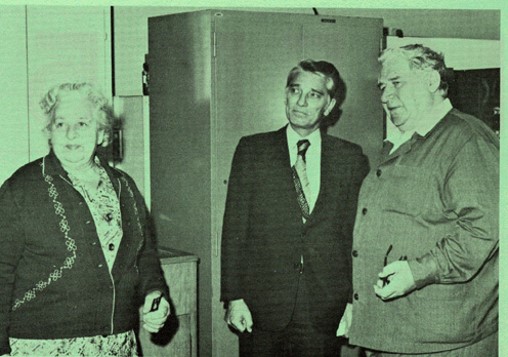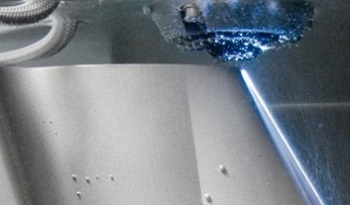EDM - A Brief History |
|
The origin of electrical discharge machining goes back to 1770, when English scientist Joseph Priestly discovered the erosive effect of electrical discharges. In 1943, Soviet scientists B. Lazarenko and N. Lazarenko had the idea of exploiting the destructive effect of an electrical discharge and developing a controlled process for machining materials that are conductors of electricity. With that idea, the EDM process was born. The Lazarenkos perfected the electrical discharge process, which consisted of a succession of discharges made to take place between two conductors separated from each other by a film of nonconducting liquid, called a dielectric. The Lazarenkos achieved a form of immortality with this circuit, which today bears their name. Today, many EDMs use an advanced version of the Lazarenko circuit.
In 1952, the manufacturer Charmilles, because interested in spark erosion machining, created the first machine using this machining process was presented for the first time at the European Machine Tool Exhibition in Milan in 1955.
Numerical control and feedback loops with ultra fast servos were added in the 1970's.
Today, full 3-D CAD/CAMS feed the controls of the machines with code generated to control path and spark characteristics.
|

Back in 1952 Mr. and Mrs. Lazarenko shown here meeting with Jean Pfau-Physicist at Charmilles who heads up a team of engineers to create a machine that will use the erosive effects of electrical discharges to cut metals.

Mr. Jean Pfau the “Father of EDM” at Charmilles. (photo taken in 2002)
What is Electric Discharge Machining (EDM)? |
Electrical discharge machining (EDM), also known as spark machining, spark eroding, die sinking, wire burning or wire erosion, is a manufacturing process whereby a desired shape is obtained by using electrical discharges (sparks). Material is removed from the work piece by a series of rapidly recurring current discharges between two electrodes, separated by a dielectric liquid and subject to an electric voltage.
|
|
|
Electrical discharge machining is a machining method primarily used for hard metals or those that would be very difficult to machine with traditional techniques. EDM typically works with materials that are electrically conductive, although methods have also been proposed for using EDM to machine insulating ceramics. EDM can cut intricate contours or cavities in pre-hardened steel without the need for heat treatment to soften and re-harden them. This method can be used with any other metal or metal alloy such as titanium, hastelloy, kovar, and inconel. Also, applications of this process to shape polycrystalline diamond tools have been reported.
Types of EDM Machine |
Wire EDM

- Water based dielectric (not the rule)
- Through Cavity produced
- Electrode typically is either brass or copper with either a coating or non-coated
Die-Sinking (Sinker) EDM

- Oil based dielectric
- Through cavity or blind cavity produced
- Electrode typically is graphite or brass




